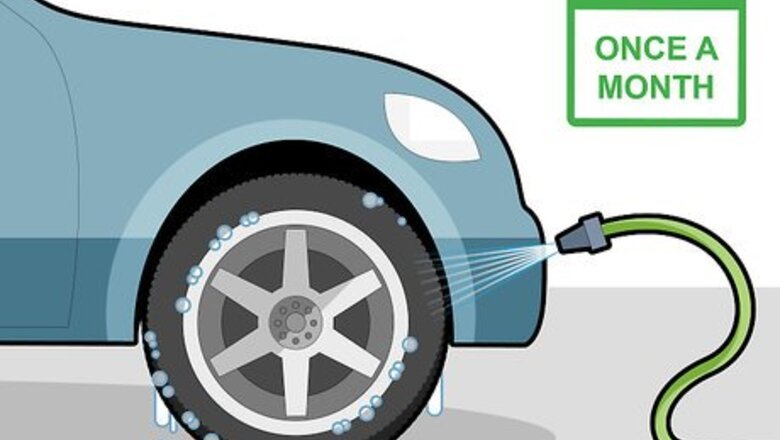
views
X
Research source
Whatever the cause may be, you can make sure dry rot doesn't happen to you by keeping your vehicle clean, moving it out of the sunlight, and changing your tires often.
Preventing Dry Rot with Maintenance
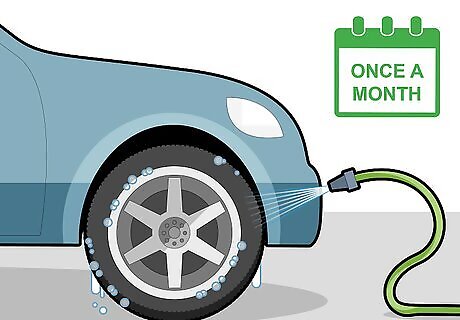
If you clean your tires, do not use harsh chemicals. Use a washcloth with some mild soap (dish soap is fine) and wash the surface of the tire, then spray it off with a garden hose. Soap and water will clean your tires without stripping away valuable antioxidants that protect your tires.
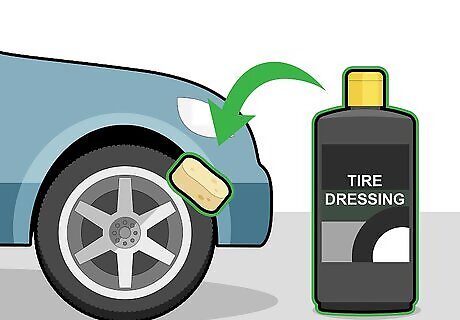
Apply a tire dressing once a month. After cleaning your tires, apply a few drops of water-based tire dressing to a cloth or sponge, then cover the surface of the tires with the dressing. Wait 5-10 minutes before driving, since the dressing needs time to stick to your wheels. You can get tire dressing for $5-25 (£3.57-17.86) from most auto stores. It's sometimes labeled as "tire shine" or "tire care." Tire dressing shields your tires from UV rays, one of the main causes of dry rot.
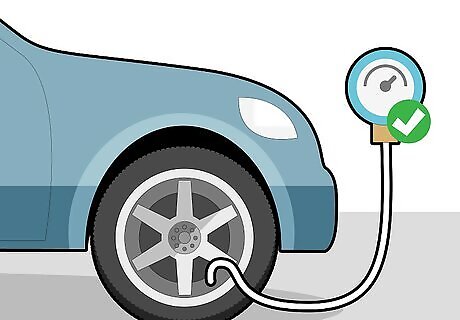
Make sure your tires are fully inflated. Check the air pressure in your tires every time you gas up. If your tires don’t have enough pressure, dry rot will be all the more dangerous, and could lead to a blowout.
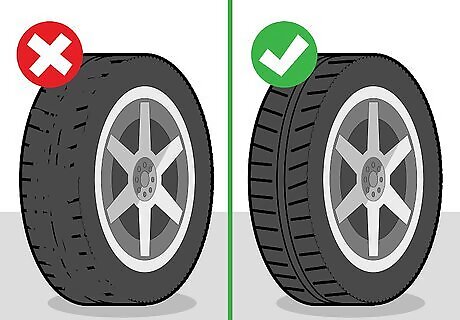
Replace your tires when they're too bare to grip the road. Replace old tires when the tread is wearing thin. Not only are older tires dangerous (because their tread is bare), but they're also at a higher risk of dry rot. If you drive a car, truck, or SUV, you can gauge this by sticking a quarter into one of the grooves of the tire. If the top of George Washington's head is flush with the top of the tire, it's time to start shopping for tires. For a larger vehicle like a semi-truck, use a penny. If Abraham Lincoln's face is completely visible, it's time to replace your tires. The casing on tires is usually only good for 5-6 years. Then, the tires need to be replaced.
Caring for a Parked Car
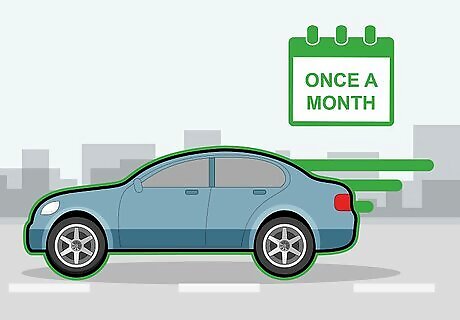
Move your vehicle at least once a month. Make sure that you’re not letting your vehicle sit for months at a time; keep your vehicle moving to decrease the risk of dry rot. Tires need to flex their rubber in order to let the protective antioxidants make their way to the surface of your tires. Even if you have a vintage car that you never drive, try to get it out of the garage and drive it for a few miles once a month. This will help the antioxidants work most effectively and keep your tires safe.
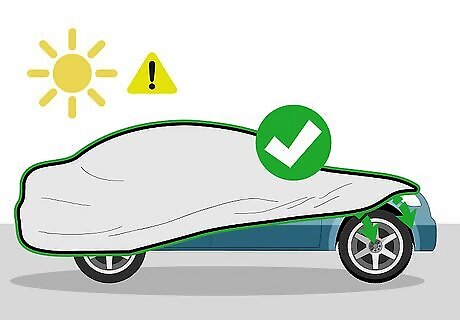
Keep your car out of direct sunlight. Since UV rays are a main cause of dry rot, you can protect your vehicle by storing it in a garage or under a car port when you're not using it. If you don’t have a garage or car port, most automotive stores sell inexpensive tire covers, which protect your tires from UV rays. Also consider parking your vehicle inside a parking garage, instead of parking it on a curb. Not only will you keep your vehicle out of the sun, but you'll be doing your tires a favor by keeping them away from the curb. They also sell covers that you can cover up your tires with to protect them.
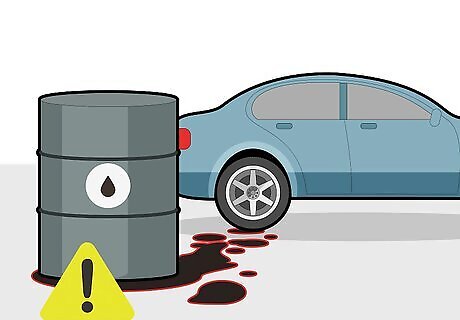
Avoid parking your vehicle near petroleum spills. Petrochemicals can dissolve the the antioxidants on your tires, putting you more at risk for dry rot. Make sure to store any extra tires indoors and out of the sun, as this will greatly prolong their lifespan. Don't store them in room where electric motors are run, though, as ozone produced by sparking brushes can also cause dry rot.

















Comments
0 comment